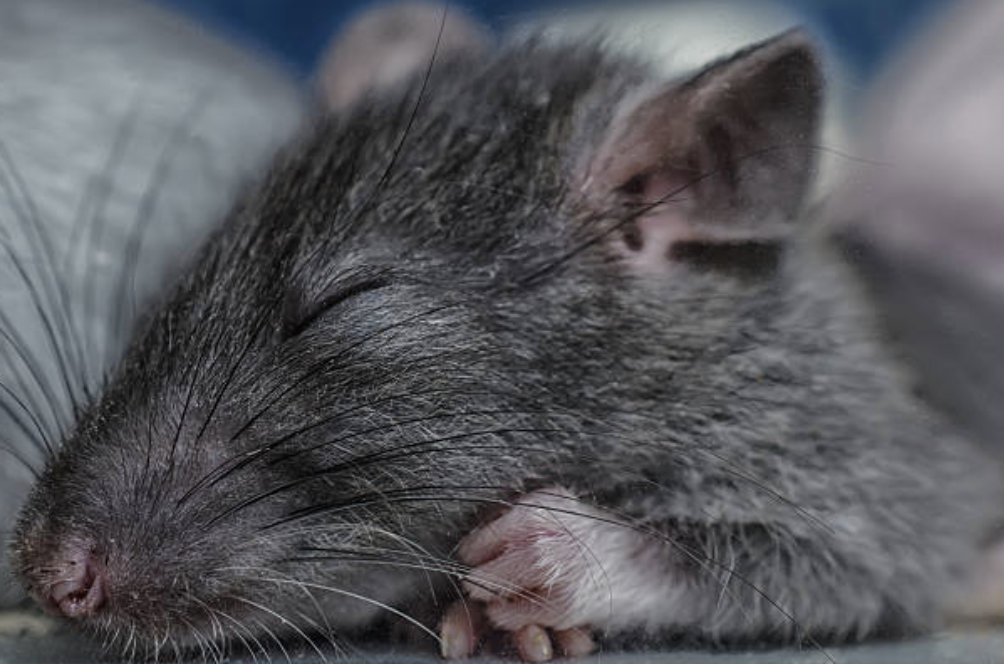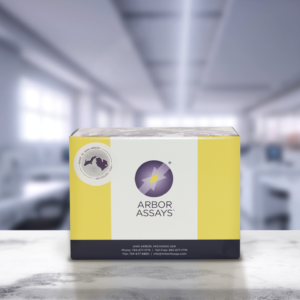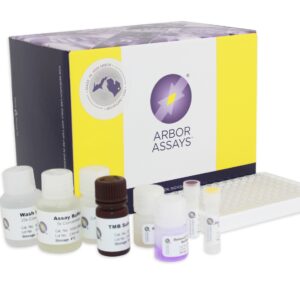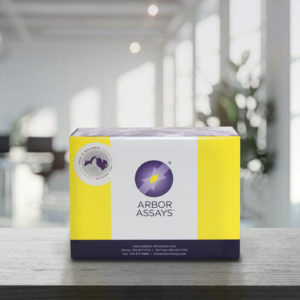Flowerpot Method Does Not Induce Stress
FLOWERPOT METHOD DOES NOT INDUCE STRESS
Scientists rely heavily upon the flowerpot method of rapid eye movement sleep (REMS) deprivation (REMSD) to study the functions of REMS. This system keeps experimental animals on raised platforms over water, where they are unable to relax and enter REMS. The biggest criticism of using this method is the likely stress caused to the animals, as observed inconsistently in some isolated studies.
In a recent study, Khan et al. wanted to determine if the method to achieve REMSD causes the animals stress when key factors are considered. Rats were kept either solo or in pairs in tanks with single or multiple small, raised platforms to induce REMSD. Control groups were either free moving rats or rats placed on large platforms that did not restrict their ability to relax and enter REMSD. The latter control group accounted for the effect of restricted movement or platform size to body mass ratio on stress. As confirmation that REMDS was achieved in the test groups, researchers estimated brain Na-K ATPase activity, which increases upon REMSD. They also observed serum corticosterone levels using an Arbor Assays kit to measure physiological stress.
With the paired groups, there was an increase in Na-K ATPase activity and corticosterone, along with observations that rats preferred to stay on the same platform. This suggests the disruption seen with animals housed together likely contributed to the sleep deprivation and stress. The researchers also saw increased Na-K ATPase activity in the single and multiple small platform test groups for solo rats versus both the large platform and free moving control groups. However, the corticosterone levels were comparable among them, indicating the flowerpot method itself does not inflict stress when properly designed.
OUR DETECTX® CORTICOSTERONE ELISA KITS (K014-H1/H5)
- Highly cited – 330+ publications
- Multi-Format Kit – Measure in as little as 1 μL
- Validated – Multiple sample types and species
- Sensitive – 20.9 pg/mL (50 μL format),17.5 pg/mL (100 μL format)
- Up to 37 or 229 samples in duplicate




